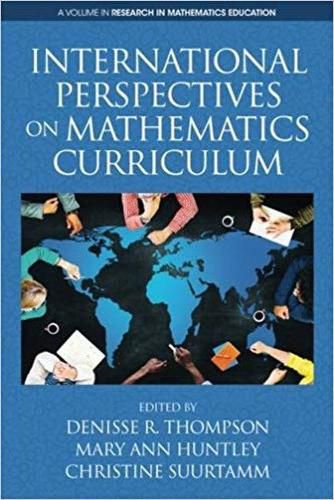Readings Newsletter
Become a Readings Member to make your shopping experience even easier.
Sign in or sign up for free!
You’re not far away from qualifying for FREE standard shipping within Australia
You’ve qualified for FREE standard shipping within Australia
The cart is loading…






This title is printed to order. This book may have been self-published. If so, we cannot guarantee the quality of the content. In the main most books will have gone through the editing process however some may not. We therefore suggest that you be aware of this before ordering this book. If in doubt check either the author or publisher’s details as we are unable to accept any returns unless they are faulty. Please contact us if you have any questions.
Curriculum can be defined in a variety of ways. It might be viewed as a body of knowledge, a product, or a process. Curricula can differ as they are conceptualized from various theoretical perspectives to address the needs of teachers, students, and the context of schooling. One reason to study curriculum is to reveal the expectations, processes and outcomes of students’ school learning experiences that are situated in different cultural and system contexts. … further studies of curriculum practices and changes aremuch needed to help ensure the success of educational reforms in the different cultural and system contexts (Kulm & Li, 2009, p.709).
This volume highlights international perspectives on curriculum and aims to broaden the wider mathematics education community’s understandings of mathematics curriculum through viewing a variety of ways that curricula are developed, understood, and implemented in different jurisdictions/countries. Within this volume, we define curriculum broadly as the set of mathematics standards or outcomes, the messages inherent in mathematics curriculum documents and resources, how these standards are understood by a variety of stakeholders, and how they are enacted in classrooms. The focus is on the written, implied, and enacted curriculum in various educational settings throughout the world.
$9.00 standard shipping within Australia
FREE standard shipping within Australia for orders over $100.00
Express & International shipping calculated at checkout
This title is printed to order. This book may have been self-published. If so, we cannot guarantee the quality of the content. In the main most books will have gone through the editing process however some may not. We therefore suggest that you be aware of this before ordering this book. If in doubt check either the author or publisher’s details as we are unable to accept any returns unless they are faulty. Please contact us if you have any questions.
Curriculum can be defined in a variety of ways. It might be viewed as a body of knowledge, a product, or a process. Curricula can differ as they are conceptualized from various theoretical perspectives to address the needs of teachers, students, and the context of schooling. One reason to study curriculum is to reveal the expectations, processes and outcomes of students’ school learning experiences that are situated in different cultural and system contexts. … further studies of curriculum practices and changes aremuch needed to help ensure the success of educational reforms in the different cultural and system contexts (Kulm & Li, 2009, p.709).
This volume highlights international perspectives on curriculum and aims to broaden the wider mathematics education community’s understandings of mathematics curriculum through viewing a variety of ways that curricula are developed, understood, and implemented in different jurisdictions/countries. Within this volume, we define curriculum broadly as the set of mathematics standards or outcomes, the messages inherent in mathematics curriculum documents and resources, how these standards are understood by a variety of stakeholders, and how they are enacted in classrooms. The focus is on the written, implied, and enacted curriculum in various educational settings throughout the world.